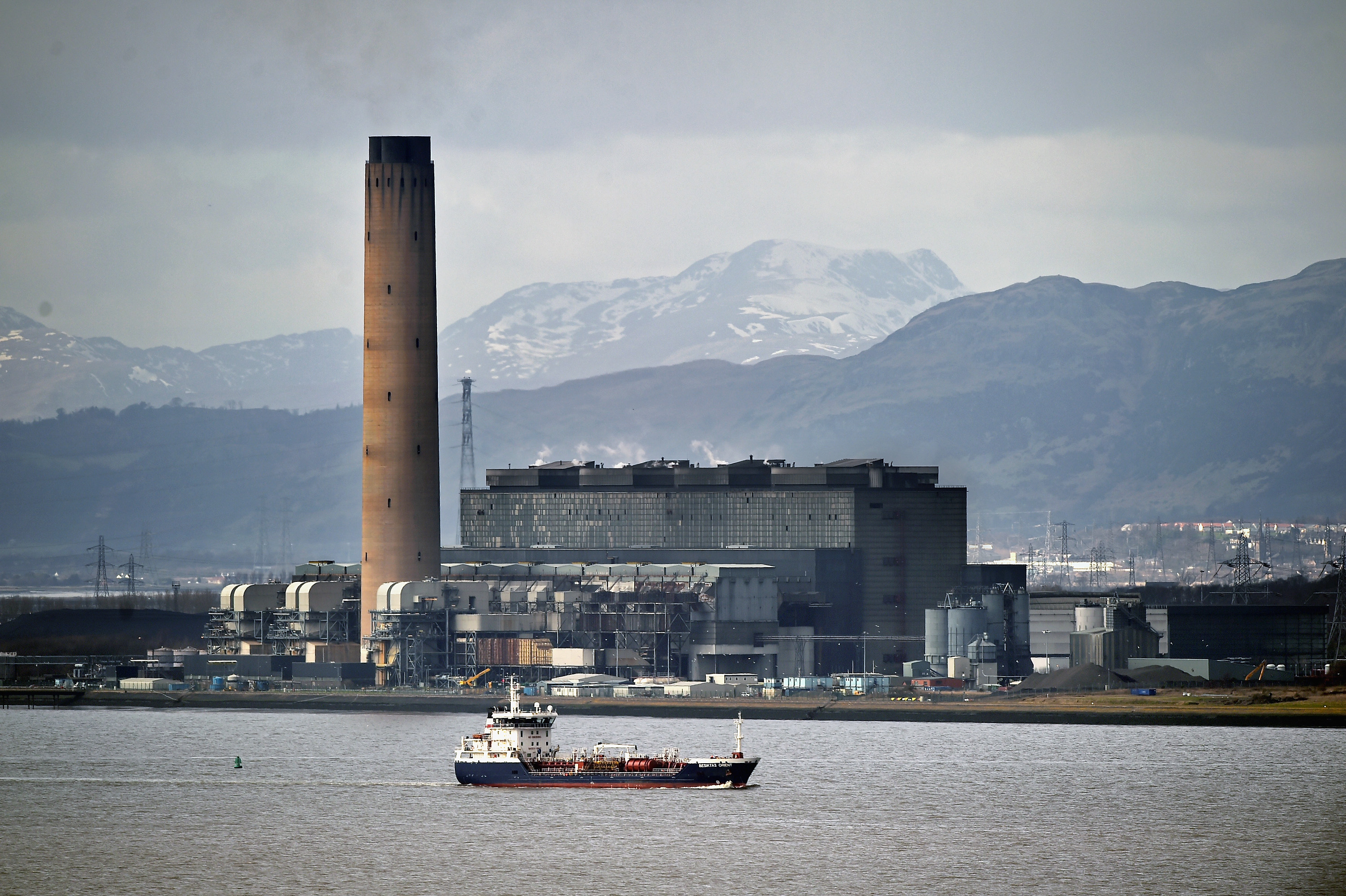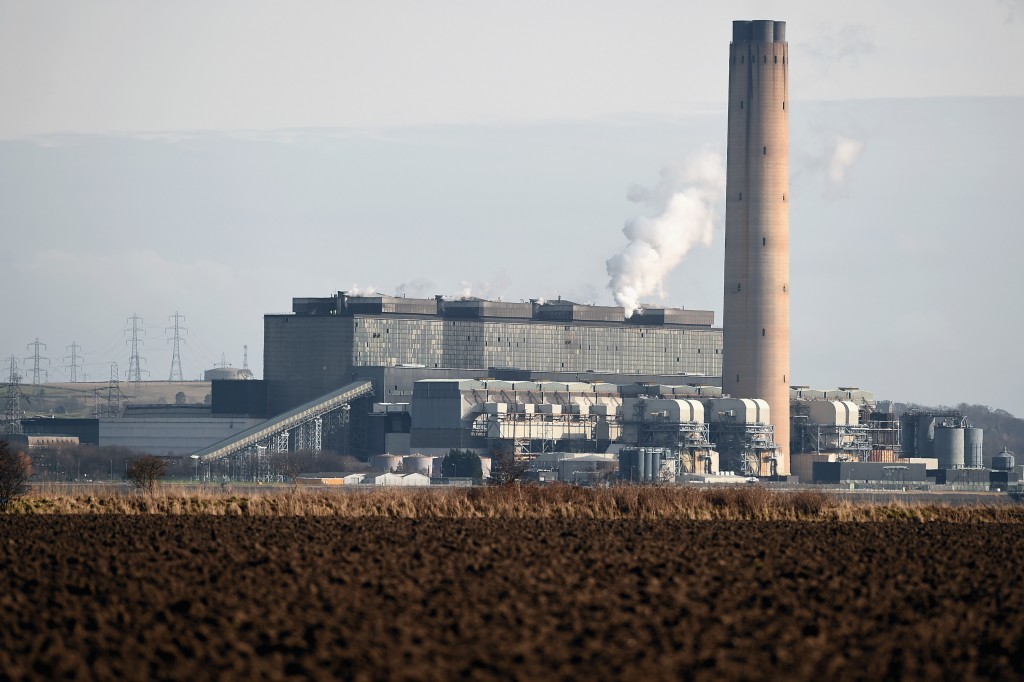
The fossil fuel helped power the industrial revolution but has been phased out over decades due to cost and environmental concerns.
Operated by ScottishPower, Longannet power station in Fife is the last remaining coal-fired plant in Scotland but it was announced it would close in March 2016 as high carbon taxes and transmission charges made it “uneconomic”.
After 46 years of production, the last of its four generating units will be switched off at 3pm on Thursday.
During its lifetime, more than 177 million tonnes of coal was used along with 2.7 million tonnes of heavy fuel oil and 2.4 million cubic metres of natural gas.
Over 60 billion cubic metres of cooling water from the Forth Estuary has also passed through the station.
Environmental groups have welcomed the closure, describing it as the “single biggest reduction in Scotland’s climate change emissions ever”.
It was the largest power station in Europe when it went online, capable of producing 2,400MW of electricity for the national grid and powering over two million homes each year.
It was only meant to be operational for 25 years but even through its last winter Longannet remained a key energy provider, the operator said.
Hugh Finlay, generation director at ScottishPower, said: “Coal has long been the dominant force in Scotland’s electricity generation fleet but the closure of Longannet signals the end of an era.
“For the first time in more than a century no power produced in Scotland will come from burning coal.
“The highly-skilled team at Longannet have worked hard in difficult circumstances over the last six months to ensure that the station continued to operate at a high level over the winter.
“Originally designed to run for 25 years, the success of Longannet has been driven by substantial investment over the years and by the dedication of the men and women overseeing the station’s operations.”
The 236 staff will leave the plant for the final time on Thursday, with many moving to work elsewhere for ScottishPower or taking retirement. The company said it is still working to help around 5% of workers find alternative employment.
Friends of the Earth Scotland said it will be an emotional day for workers at the site but believe the closure is necessary.
“For the first time in at least 115 years there will be no coal being burned to make electricity anywhere in Scotland,” director Dr Richard Dixon said.
“For a country which virtually invented the industrial revolution, this is a hugely significant step, marking the end of coal and the beginning of the end for fossil fuels in Scotland.”
WWF Scotland director Lang Banks said: “The closure of Longannet marks an historic and inevitable step in our energy transition as Scotland becomes one of the first nations to end its use of coal for power.
“While the power station has served the nation for many years, the world is moving forward to cleaner, cheaper forms of renewable energy generation.”
READ MORE
Nicola Sturgeon confirms deal to save two Scottish steelworks close to being struck

Enjoy the convenience of having The Sunday Post delivered as a digital ePaper straight to your smartphone, tablet or computer.
Subscribe for only £5.49 a month and enjoy all the benefits of the printed paper as a digital replica.
Subscribe